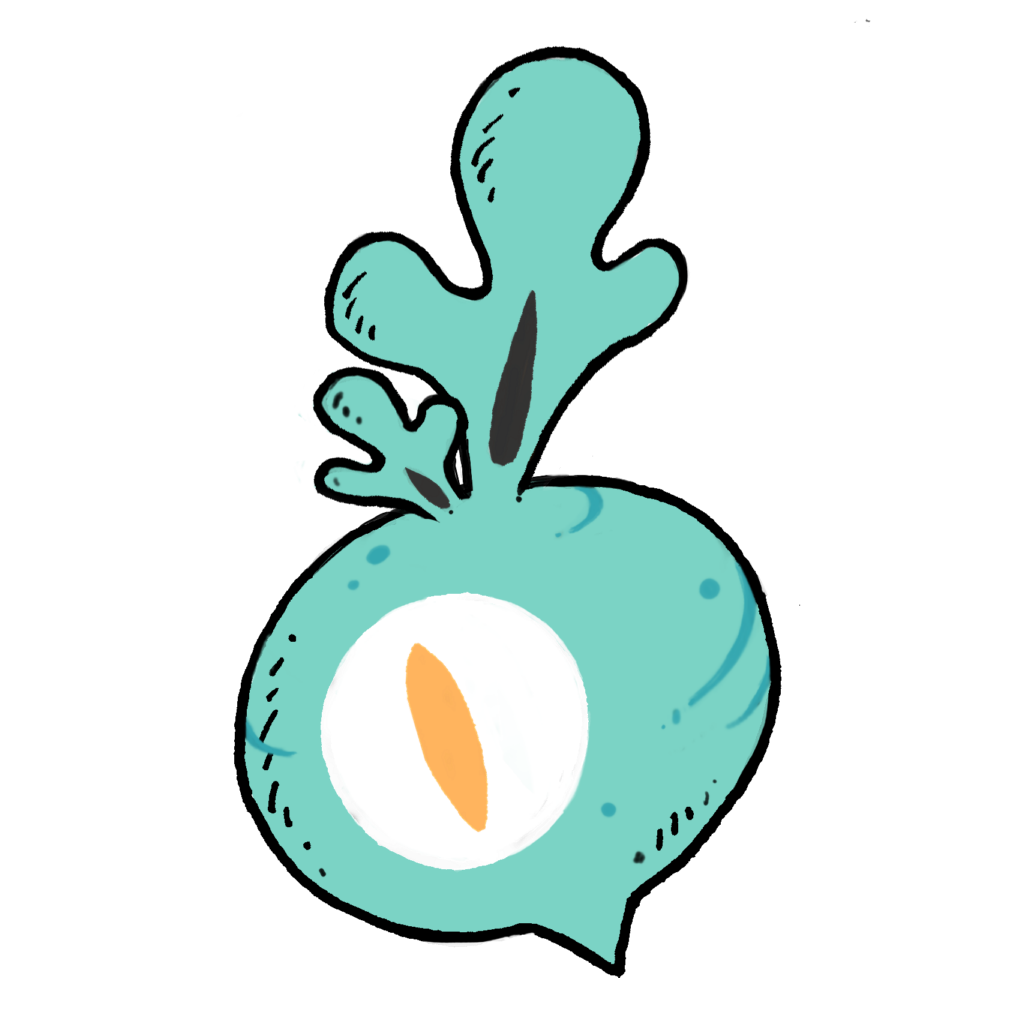In a cellular automaton, a Garden of Eden is a configuration that has no predecessor. It can be the initial configuration of the automaton but cannot arise in any other way. John Tukey named these configurations after the Garden of Eden in Abrahamic religions, which was created out of nowhere.
Two-dimensional languages are programming systems where programs are transformations of cells on a 2D grid.
One way to simulate a two-dimensional cellular automaton is with an infinite sheet of graph paper along with a set of rules for the cells to follow. The vast majority of cellular automata are also considered rewriting languages, but I've collected here only the graphical ones.
The universe of John Horton Conway's Game Of Life is an infinite, two-dimensional orthogonal grid of cells, each of which is in one of two possible states, live or dead. Every cell interacts with its eight neighbours. At each step in time, the following transitions occur:
Rules
- Any live cell with fewer than two live neighbours dies, as if by underpopulation.
- Any live cell with two or three live neighbours lives on to the next generation.
- Any live cell with more than three live neighbours dies, as if by overpopulation.
- Any dead cell with exactly three live neighbours becomes a live cell, as if by reproduction.
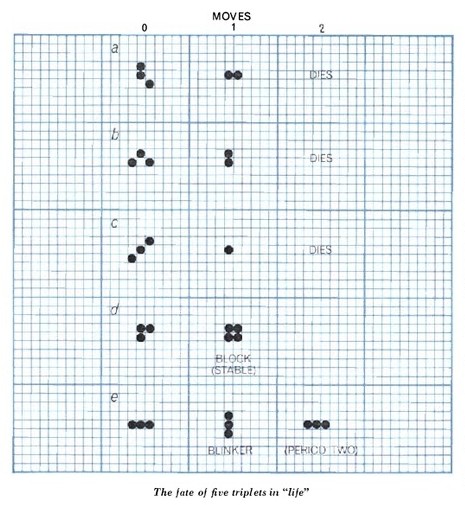
In cellular automata, a methuselah is a small "seed" pattern of initial live cells that take a large number of generations in order to stabilize.
Wireworld is a turing-complete cellular automaton that resembles simulating wires and transistors.
Wireworld uses what is called the Moore neighborhood, which means that in the rules above, neighbouring means one cell away in any direction, both orthogonal and diagonal.
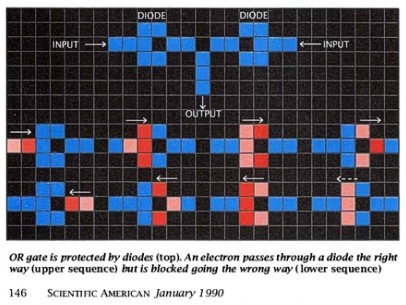
- head, becomes tail
- tail, becomes conductor
- conductor, becomes head with 1 or 2 heads neighbors.
A second-order reversible cellular automata with four states.
Stable gliders are three-cell "ants" moving in vertical and horizontal directions with unit speed with reflections, collisions and splitting. Unlike wireworld, the ants can be used for construction of different kinds of "wireless circuits."
There are four states: 0 (empty, white), 1 (red), 2 (green), 3 (blue).
- A cell with state 0 or 2 (white or green) is called "even"
- and a cell with state 1 or 3 (red or blue) is called "odd"
A step may be divided into two stages:
First stage: Mark all cells satisfying two conditions: (1) total number of odd cells in four closest positions (up, down, left, right) is one or two, (2) cells in four diagonal positions are even.
Second stage: For unmarked: exchange red and green cells (1<->2). For marked cells: change empty into red, red into blue, blue into green, green into empty (0->1->3->2->0).
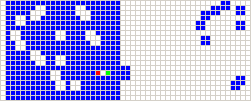
Orca is a livecoding language and virtual machine.
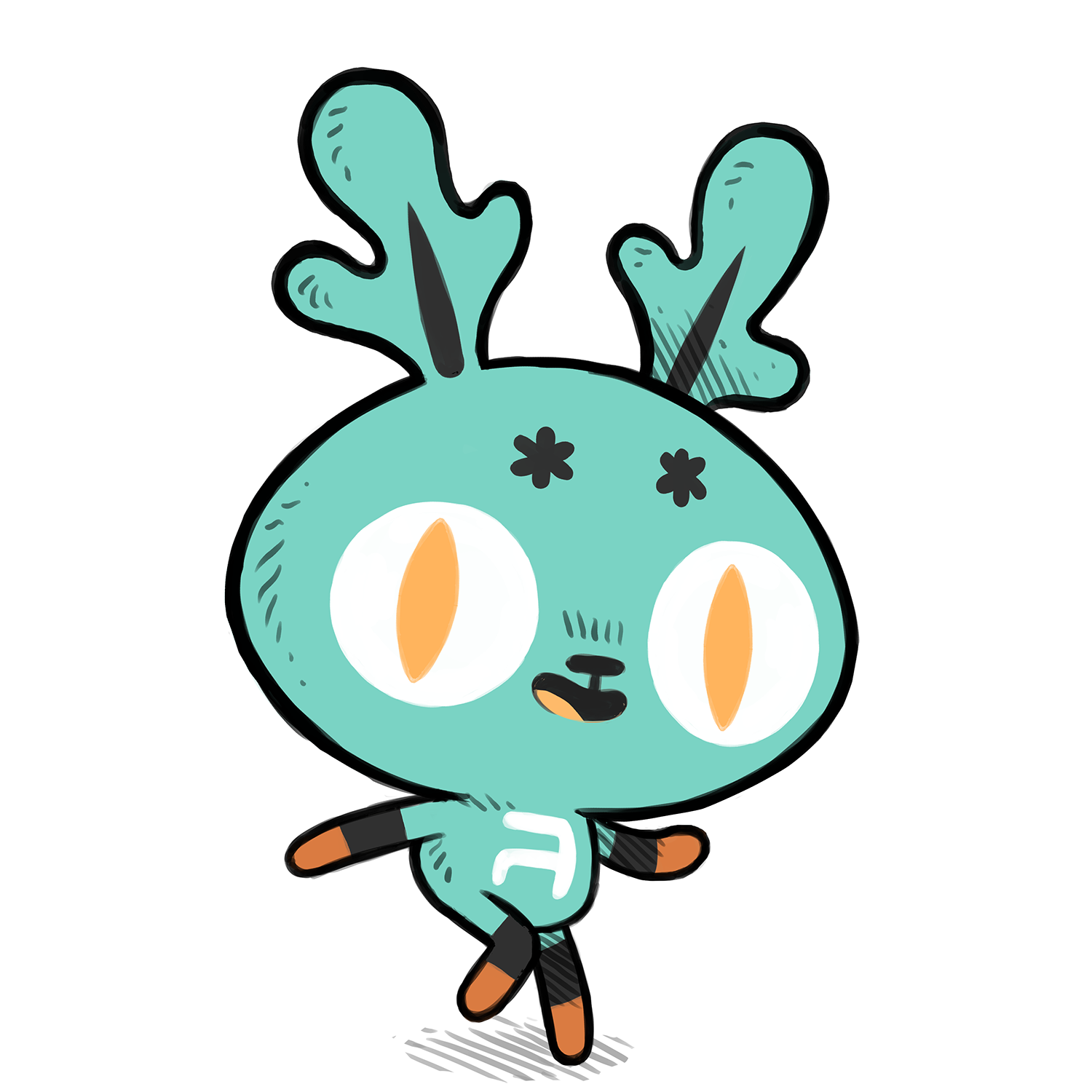
Orca is a two-dimensional esoteric programming language in which every letter of the alphabet is an operator, where lowercase letters operate on bang, uppercase letters operate each frame.
If you wish to learn how to use Orca, watch a tutorial or ask your questions in the forum, chatroom or mailing list.
Orca is a wildly unique visual programming tool. It's also an inky black and seafoam green alphabet soup, pulsating to some species of broody electronic industrial throb.Ivan Reese, The Future Of Coding
- Read Manual
- Download Orca
- Graphical version, Uxntal.
- Terminal version, ANSI C.
- Browser version, Javascript
- Norns version, Lua
